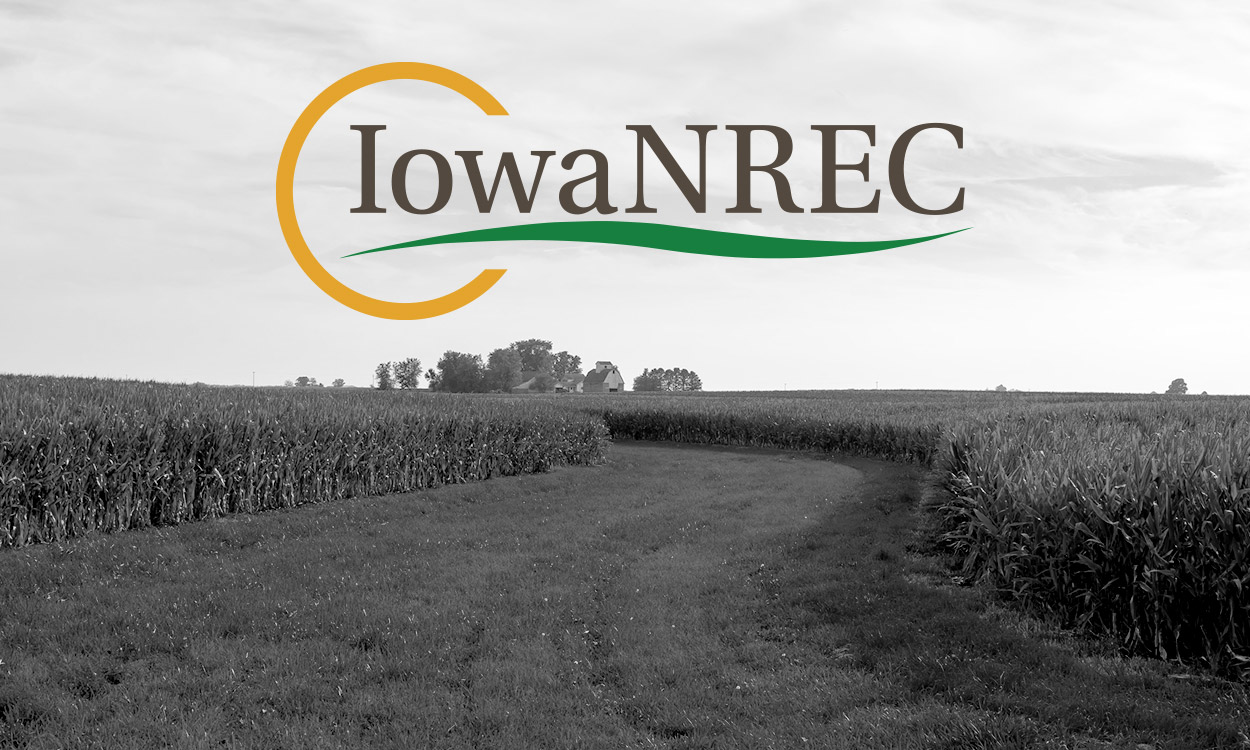The proposal was approved as a Water Quality Initiative (WQI) Demonstration Project awarded by Iowa Department of Agriculture and Land Stewardship (IDALS), with $1.5 million state funding matched with non-state funds to total $2.7 million. This grant award is the largest WQI demonstration grant funded by IDALS since inception of the program.
“This grant award is a milestone in the increasing role of AAI and member ag retailers, CCAs and agribusinesses to assist farmers in accelerating the ongoing environmental improvement by Iowa agriculture,” noted Joel Brinkmeyer, AAI CEO.
AAI’s partners are the Soil and Water Conservation Society (SWCS) located in Ankeny, IA who will lead administration of the project and Iowa State University who with AAI will lead the science and technical components.
Iowa has demonstrated national leadership in developing the science basis for as well as implementation of nutrient removal wetlands in agricultural landscapes to improve water quality. Nutrient removal wetlands have been developed in Iowa over the past decade through state and federal conservation programs. This project will deliver new and innovative technologies for implementing nutrient removal wetlands and with reduced costs, with priority given to the Cedar River Watershed.
For the first time ever in Iowa, implementation of the off-field practice of nutrient removal wetlands will be coupled with adoption of in-field nutrient management practices in the contributing watersheds. “This coupled approach of combining off-field with in-field management practices is the direction needed to achieve Iowa’s goals to reduce nutrient transport from cropped landscapes to Iowa waters,” said Dean Lemke, AAI’s Director of Nutrient Management and Environmental Stewardship. AAI will foster and coordinate assistance provided by ag retailers and CCAs to farmers in adopting the in-field practices in the contributing watersheds of the wetlands. Iowa State University will partner in developing the new technologies for optimizing the environmental performance of the wetlands at least cost, and conduct water quality monitoring to document water quality improvement. “Nutrient removal wetlands provide large reductions in nitrate transport from cropped lands and this demonstration initiative will help inform the delivery of the improved nutrient removal wetland technologies coupled with in-field practices to other areas of the state,” noted Shawn Richmond, AAI Director of Environmental Services.
